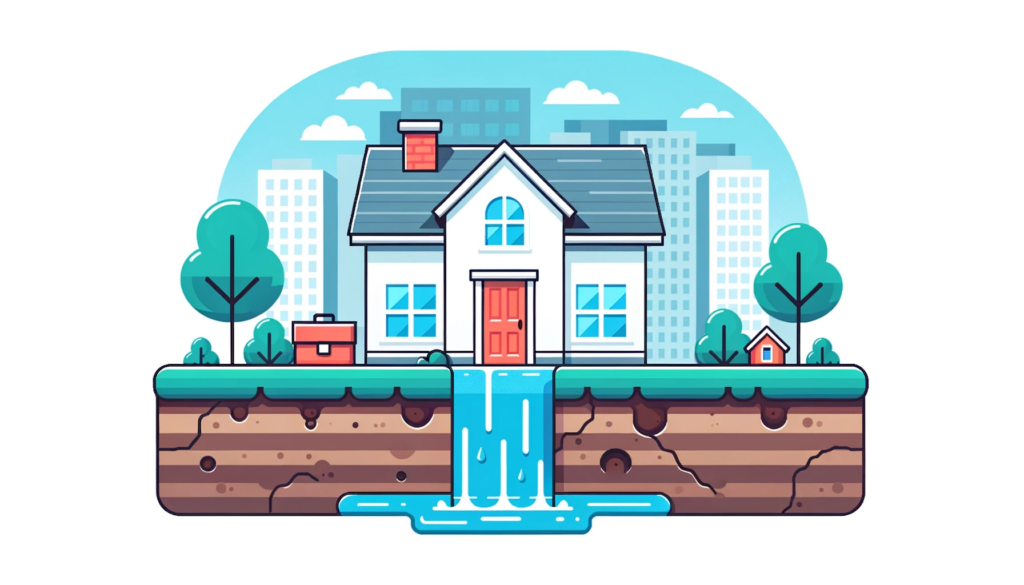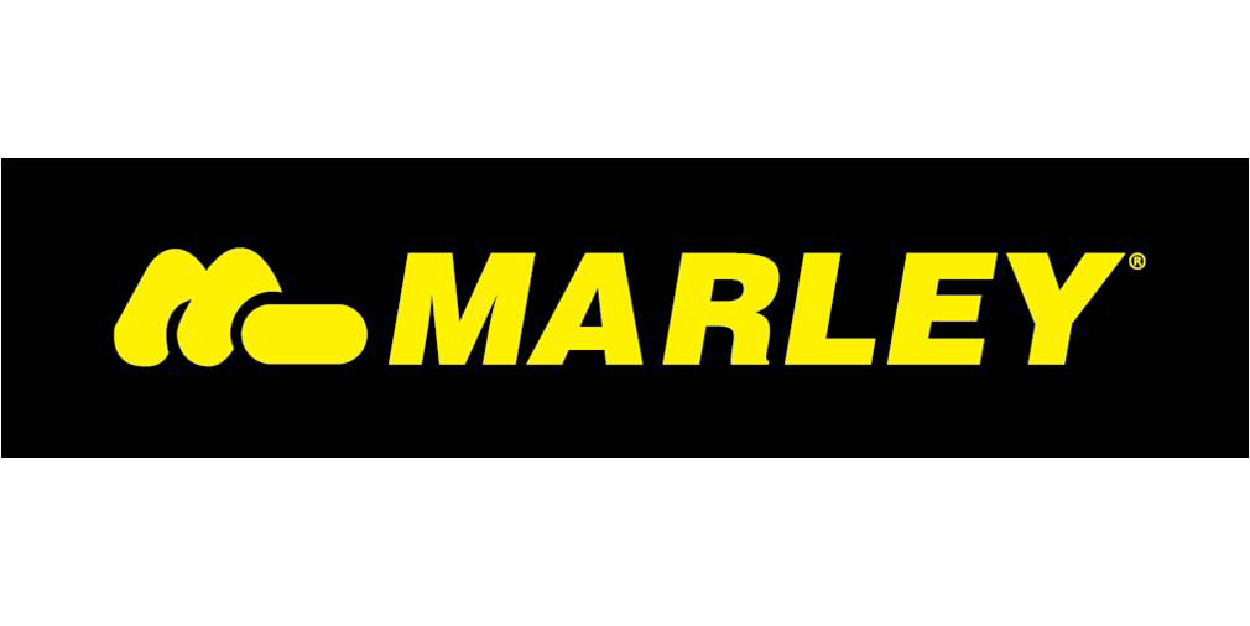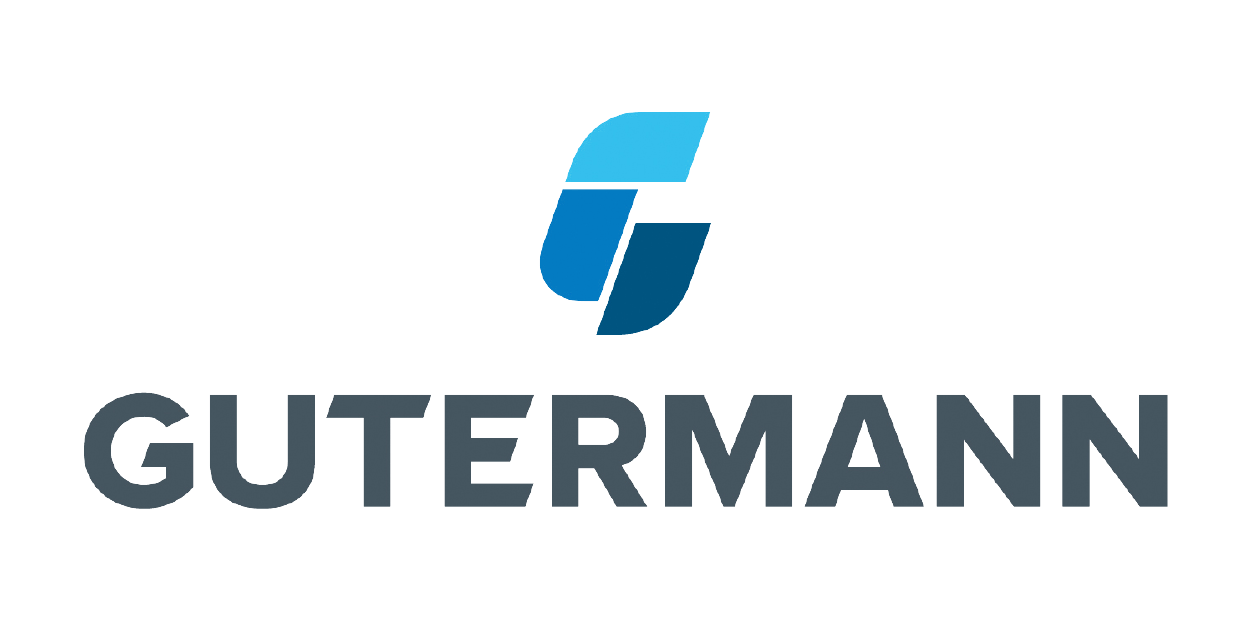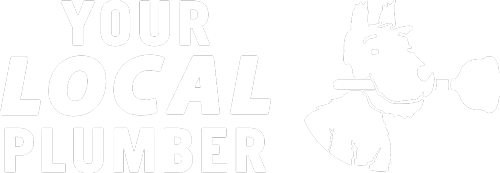
Call Today 09 973 4973 or
Gas Safety in Commercial Buildings
In New Zealand, ensuring gas safety in commercial buildings is a critical concern that encompasses a broad range of considerations, from the installation and maintenance of gas appliances and systems to compliance with national safety standards and regulations. Commercial buildings, which include office spaces, retail outlets, hospitality venues, and more, rely on gas for various purposes such as heating, cooking, and hot water. The responsibility for maintaining gas safety in these environments is shared among building owners, managers, and tenants, all of whom must navigate New Zealand’s comprehensive regulatory landscape to prevent accidents and ensure a safe working and visiting environment.
Regulatory Framework
The foundation of gas safety in New Zealand’s commercial buildings is laid by the Gas (Safety and Measurement) Regulations 2010, which set forth the requirements for gas installations, appliances, and workmanship. These regulations are enforced by WorkSafe New Zealand, the primary regulatory body overseeing workplace health and safety across the country. Compliance with these regulations is mandatory and includes obtaining the necessary certifications for gas appliances, ensuring that all gas work is carried out by licensed gas fitters, and adhering to specific safety and operational standards.
Installation and Maintenance
The initial installation of gas systems and appliances in commercial buildings must be conducted by registered gas fitters who can ensure that the work complies with New Zealand standards. This includes proper ventilation for gas appliances, the correct installation of flue systems, and the secure fitting of gas pipes and connections to prevent leaks.
Ongoing maintenance is equally important for ensuring gas safety over time. Commercial building owners and managers should establish regular inspection and maintenance schedules, which include checking for gas leaks, ensuring appliances are operating correctly, and verifying that safety devices are functional. These checks are crucial for identifying potential hazards before they lead to accidents, such as gas leaks or carbon monoxide buildup.
Safety Training and Awareness
Educating staff and tenants about gas safety is another vital component of maintaining a safe commercial environment. This includes training on how to recognise the signs of a gas leak (e.g., the smell of rotten eggs due to the odorant added to natural gas, hissing sounds from gas lines, or unexplained increases in gas usage) and understanding the correct actions to take in the event of a gas emergency, such as evacuating the area and contacting emergency services or a licensed gasfitter.
Emergency Preparedness
Commercial buildings must have clear procedures in place for responding to gas emergencies. This involves not only having emergency contact numbers readily available but also ensuring that all occupants are familiar with evacuation plans and emergency procedures. Regular drills and the posting of clear, visible instructions can help prepare staff and visitors to act quickly and safely in an emergency.
Gas safety in New Zealand’s commercial buildings is a multifaceted issue that requires diligent attention to regulatory compliance, proper installation and maintenance practices, and ongoing education and preparedness. By adhering to these principles, commercial building owners and managers can ensure the safety of their occupants and contribute to the broader goal of a safe, healthy, and sustainable built environment.
Suppliers




